Concrete is the backbone of modern construction, providing unparalleled strength and versatility in the creation of structures that stand the test of time. But how do we ensure that the concrete we use is of the highest quality and will meet the demands placed upon it? Enter the world of testing equipment for concrete – an essential part of the construction industry that helps guarantee the performance of this vital building material. In this blog post, we will delve into the various types of testing equipment for fresh, hardened, and non-destructive testing, as well as laboratory, and field testing equipment, testing equipment for concrete, and the importance of meeting industry standards.
Key Takeaways for Testing Equipment for Concrete
- Essential concrete testing equipment for non-destructive tests & field tools.
- Professional tools are used to test the workability of fresh concrete, while hardened devices measure the strength of cubes and beams.
- Temperature & humidity monitoring devices ensure an accurate curing process, meeting industry standards set by AASHTO and ASTM.
Essential Testing Equipment for Concrete
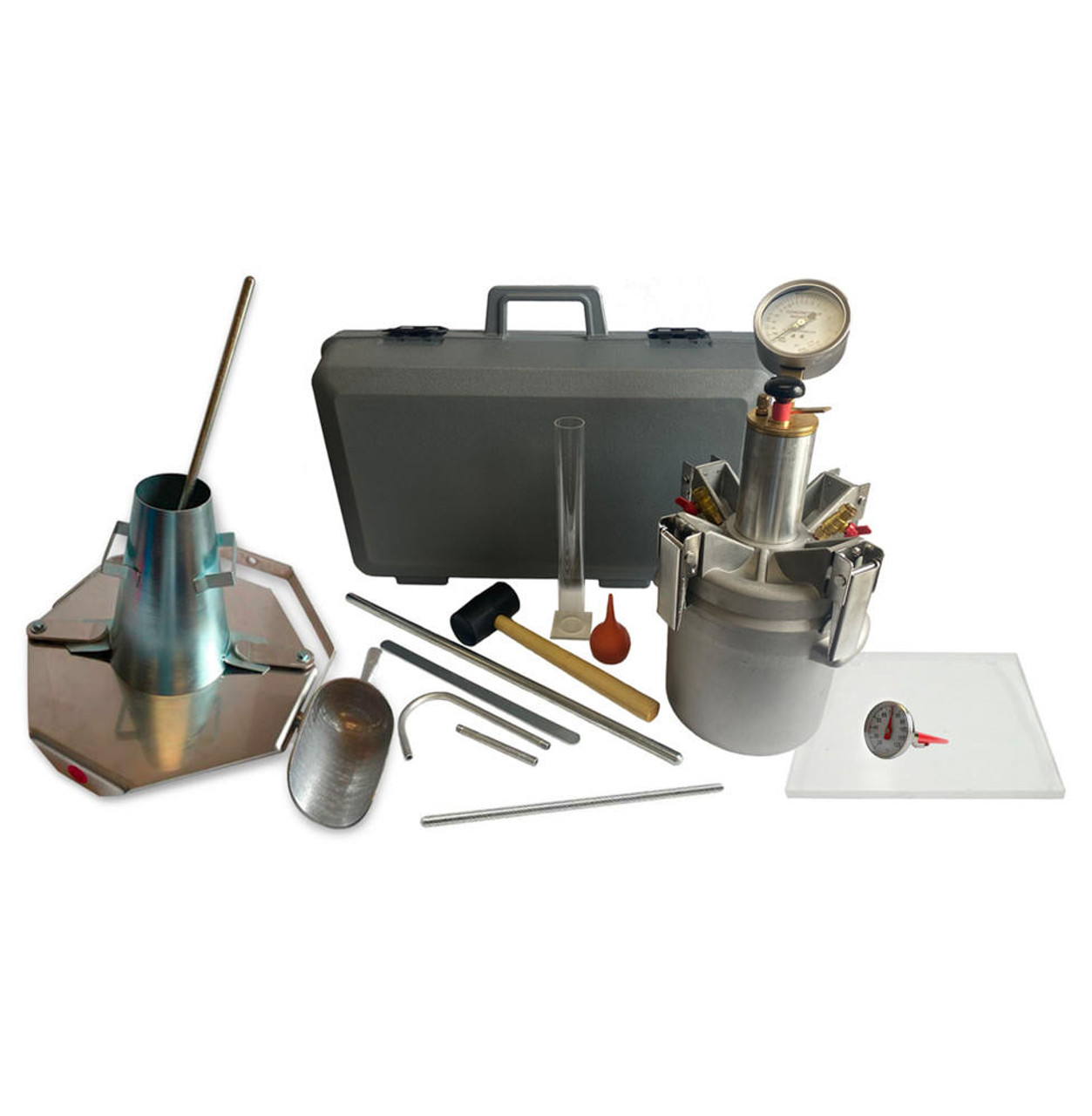
The quality and properties of concrete significantly depend on the testing equipment. This equipment is designed to assess the performance of concrete in various stages, from its fresh state to its hardened form. To ensure the best results, it is crucial to test concrete using reliable and accurate testing equipment.
A comprehensive range of tools and devices are available, each with its specific applications and benefits. Everyone involved in the construction industry should familiarize themselves with various types of concrete testing equipment. This knowledge allows for accurate evaluation of the material and helps ensure that structures are built to the highest standards.
Testing Equipment for Concrete, Fresh
Assessing the consistency and workability of fresh concrete is crucial. Tools like the slump cone test and air entrainment meters are designed for this purpose. The slump cone test evaluates the consistency of fresh concrete, while air entrainment meters determine the air content within the material. These tools provide valuable information about the properties of fresh concrete, allowing you to make adjustments as necessary to ensure the final product meets the desired specifications.
Another vital aspect of fresh concrete testing is unit weight measurement. Devices such as compression machines and concrete test hammers are commonly used to measure the unit weight of fresh concrete. Accurate measurements of the material’s unit length and weight allow construction professionals to verify that the concrete mix meets the necessary standards for strength and durability., leading to a higher-quality end product.
Hardened Concrete Testing Equipment For Concrete
Evaluation of compressive strength and other properties is necessary once the concrete has hardened. Hardened concrete testing devices, such as concrete and compression testing machines and flexural strength testers, assess the strength of concrete cubes, cylinders, flagstones, and beams. These devices help construction professionals determine the strength of hardened concrete, ensuring their structures can withstand various loads and stresses. As a result, buildings become more durable and long-lasting.
ELE’s accessories for evaluating the flexural and transverse strength of concrete beams are also important tools in the realm of hardened concrete testing. These devices comprehensively assess a material’s overall strength and performance, providing valuable data to optimize concrete mixes and construction methods for improved structural integrity.
Non-Destructive Testing Instruments
Non-destructive testing instruments provide a means of assessing the characteristics of materials, components, or systems without causing any damage. These tools are invaluable in the quality control process and are used to evaluate the strength, durability, and susceptibility of concrete and other structures. Examples of non-destructive testing instruments include concrete test hammers, ultrasonic pulse velocity devices, and rebar locators.
Concrete test hammers, for instance, are used to determine the surface hardness of concrete, providing an indication of the material’s resistance to wear and abrasion. Ultrasonic pulse velocity devices, on the other hand, offer a more advanced method of non-destructive testing, allowing for the assessment of concrete’s internal structure and detecting flaws or defects that may not be visible on the surface.
These non-destructive testing instruments enable construction professionals to verify the integrity of their structures without damaging the material.
Laboratory Testing Equipment for Concrete
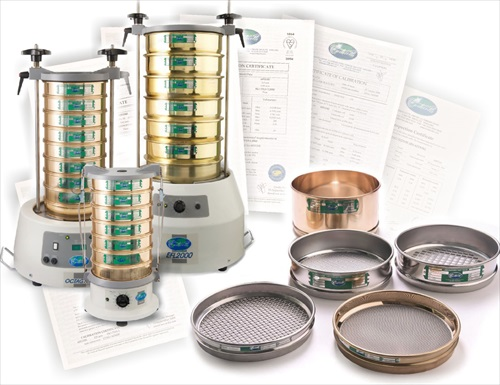
In addition to field testing equipment, laboratory-based concrete testing equipment plays a crucial role in evaluating the properties of concrete. These devices, known as concrete lab testing equipment, are designed to assess various aspects of concrete performance, from its compressive strength to its permeability.
Laboratory testing equipment equips construction professionals with a deeper understanding of the material’s behavior under various conditions., allowing for the optimization of concrete mixes and construction methods.
Digital Sieve Shakers and Test Sieves
Particle size distribution in aggregates is an important factor that can influence the properties of concrete. Digital sieve shakers and test sieves are used to analyze particle size distribution, providing valuable data that can be used to optimize concrete mixes.
Digital sieve shakers:
- Automate the agitation of particles, ensuring precise and consistent results
- Feature a digital interface with a timer for precise control of the sieving process
- Can accommodate different sizes of sieves
Test sieves are available in a range of sizes and materials, such as brass, stainless steel, and plastic. These sieves are commonly used to assess particle size distribution in aggregates, providing valuable data that can be used to optimize concrete mixes for improved performance.
Tensile Strength Testing Machines for Testing Equipment for Concrete
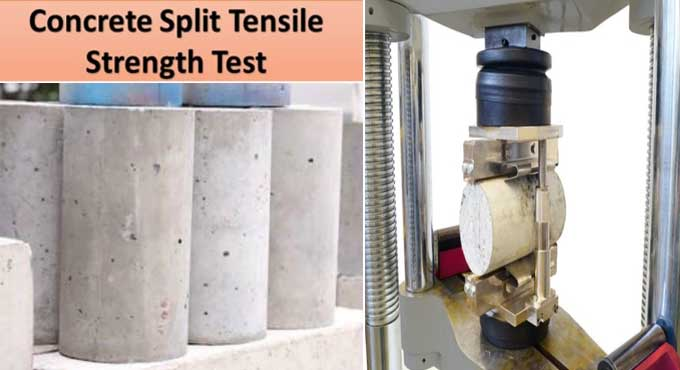
Tensile strength testing machines, designed to measure this property in concrete specimens, play a crucial role in determining the quality of concrete. These machines typically consist of a frame, load cell, crosshead, grip, and data acquisition system. They assess the strength and deformation behavior of materials, including ultimate tensile strength, yield strength, elongation, and modulus.
Measuring the tensile strength of concrete specimens helps construction professionals build structures capable of withstanding various loads and stresses., resulting in more durable and long-lasting buildings.
Moisture Content Measurement Devices
Measuring moisture content in concrete is significant as it influences the strength and durability of the material. It is also essential to measure moisture content to ensure that the concrete is correctly cured. Various moisture content measurement devices are available, including electrical resistance meters, microwave meters, and nuclear moisture meters. Each device offers its own benefits and drawbacks, and the choice of which device to use depends on factors such as accuracy, range, and the presence of admixtures.
Using moisture content measurement devices enables construction professionals to:
- Verify the proper curing of their concrete
- Maintain its strength and durability over time
- Create more resilient structures that can better withstand the demands placed upon them.
Field Testing Equipment for Concrete
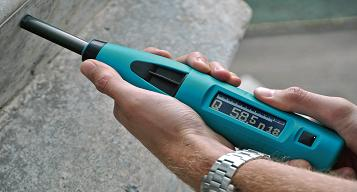
To assess concrete quality and performance on the job site, field testing equipment is indispensable. These portable and job-site-friendly tools allow construction professionals to evaluate the properties of concrete in real time, ensuring that the material meets the required specifications and performance criteria.
Field testing equipment includes devices for testing fresh concrete, hardened concrete, and non-destructive testing, all in line with concrete testing which plays a critical role in guaranteeing the quality of concrete structures.
Surface Hardness Testers
Construction professionals use surface hardness testers as instruments to measure the resistance of concrete surfaces against abrasion and wear. By evaluating the surface hardness of concrete, they ensure that their structures can withstand various loads and stresses, resulting in more durable and long-lasting buildings.
Surface hardness testers operate by applying a force to the surface of the concrete and gauging the amount of force necessary to produce a specific degree of wear. These devices provide construction professionals with valuable insight into their structures’ durability. and make informed decisions about the materials and methods used in their projects.
Concrete Maturity Meters
Concrete maturity meters play a crucial role in estimating the strength development of in-situ concrete. These devices measure the heat of hydration of concrete, providing an indication of the strength development of the material. Concrete maturity meters provide construction professionals with an accurate and reliable understanding of their concrete’s strength development., allowing for more efficient and cost-effective construction.
However, it is important to note that concrete maturity meters may have limitations in measuring the strength of concrete in extreme temperatures and when admixtures are present.
Self-Consolidating Concrete Testing Tools
Self-consolidating concrete (SCC) is a specialized type of concrete that requires unique testing tools to evaluate its properties. Devices such as:
- SCC Plate
- Modified Slump Cone
- J-Ring
- L-Box
- Strike-off
Our products provide a wide selection of a complete line designed specifically for this purpose.
We use the SCC Plate to evaluate the passing capability of self-consolidating concrete, while we utilize the Modified Slump Cone to determine the consistency of penetration of the material.
We employ the J-Ring, L-Box, and strike-off to assess the flowability of SCC, providing valuable data that can optimize the material’s performance in various construction applications.
Concrete Curing and Monitoring Equipment
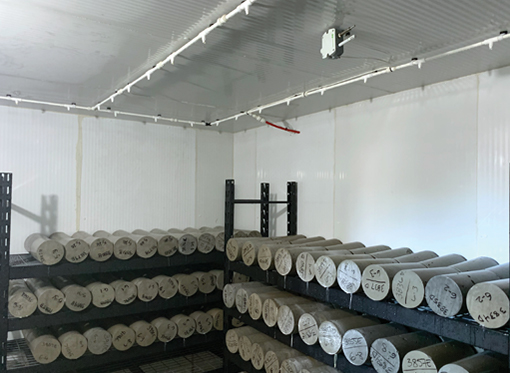
Proper curing is critical to the performance of concrete, as it allows the material to develop its full strength and durability. Concrete curing and monitoring equipment is designed to create and maintain optimal curing conditions for concrete and monitor its progression during the curing process.
These tools include:
- Concrete curing chambers
- Temperature and humidity sensors
- Data loggers
- Monitoring systems
All of these tools contribute to ensuring that concrete cures properly and achieves its maximum potential.
Temperature and Humidity Monitoring Devices
Monitoring temperature and humidity during concrete curing is essential to guarantee that the material is curing correctly and that the desired strength and durability are attained. Various temperature and humidity monitoring devices are available, including thermocouples, thermistors, and hygrometers. Each device offers its own benefits and drawbacks, and the choice of which device to use depends on factors such as accuracy, range, and ease of use.
Temperature and humidity monitoring devices allow construction professionals to verify the proper curing of their concrete. and maintains its strength and durability over time.
Curing Tanks and Cylinder Storage
Curing tanks and cylinder storage systems play a vital role in maintaining controlled curing environments suitable for concrete samples. These devices ensure the curing process occurs under ideal conditions, effectively and uniformly curing the samples.
Constructing curing tanks from steel or heavy plastic, and offering a variety of sizes and shapes, while cylinder storage systems maintain concrete specimens in the proper curing atmosphere, including the appropriate temperature and humidity levels.
Using curing tanks and cylinder storage systems, construction professionals can ensure the highest quality of their concrete samples. and that the lab results of their tests are precise.
Meeting Industry Standards: AASHTO and ASTM

Meeting industry standards, such as those set by the American Association of State Highway and Transportation Officials (AASHTO) and ASTM International, is of great importance in concrete testing. Adhering to these standards ensures that the testing equipment and methods used are reliable, accurate, and consistent, leading to more dependable results and higher quality construction.
Concrete testing equipment that adheres to these standards, like those offered by Gilson, provides construction professionals with peace of mind, knowing that their materials and methods are in compliance with industry best practices.
Using concrete testing equipment that complies with AASHTO and ASTM standards allows construction professionals to build structures capable of withstanding the demands placed on them., guaranteeing the safety and longevity of the buildings and infrastructure they create. These industry standards serve as a valuable benchmark, helping to maintain the highest level of quality and consistency in the construction industry.
Summary
In conclusion, the use of testing equipment for concrete is a critical aspect of ensuring the quality and durability of concrete structures. By understanding the various types of testing equipment available for fresh, hardened, and non-destructive testing, as well as laboratory and field testing equipment, construction professionals can make informed decisions about the materials and methods they use in their projects. Furthermore, adhering to industry standards such as AASHTO and ASTM ensures that the testing equipment and methods used are reliable, accurate, and consistent, leading to more dependable results and higher quality construction.
As the backbone and mortar of modern construction, concrete plays a vital role in the creation of strong, durable, and long-lasting structures. By utilizing the appropriate testing equipment and adhering to industry standards, we can ensure that our concrete structures stand the test of time and continue to serve as the foundation of our built environment.
Certified MTP has the largest selection of testing equipment for concrete such as concrete testing supplies, and showcasing industry-leading brands for Concrete Air Entrainment Meters, slump testers, Concrete Test Cylinder Molds, and fresh concrete testing equipment.
Frequently Asked Questions
What is used for testing equipment for concrete?
Common concrete testing equipment includes the Vicat apparatus, Grout flow cones, Blaine air permeability test sand, Cube Molds, and Prism Molds, as well as concrete curing equipment to ensure optimal strength development according to ASTM/AASHTO specifications.
What is the easiest way to test concrete using testing equipment for concrete?
The easiest way to test concrete is to use field-cured cement cylinders, cast and cured according to ASTM C31. This method has remained unchanged since the 19th century and can provide a simple test to confirm the consistency of the concrete over multiple batches.
What are the five tests of concrete?
Concrete testing typically includes Workability Tests, Temperature Tests, Concrete Setting Tests, Compressive Strength Tests, and Permeability Tests.
What is the purpose of fresh concrete testing tools like slump cone tests and air entrainment meters?
Fresh concrete testing tools like slump cone tests and air entrainment meters are used to evaluate the consistency, workability, and air content of fresh concrete, allowing for a better assessment of the material’s properties.
How do non-destructive testing instruments, such as concrete test hammers and ultrasonic pulse velocity devices, contribute to the evaluation of concrete structures?
Non-destructive testing instruments such as concrete test hammers and ultrasonic pulse velocity devices allow for the evaluation of concrete structures without causing any damage, enabling an accurate assessment of the material’s strength, durability, and susceptibility.
Related Blogs for Non-Destructive Testing (NDT) of Concrete:
Correctly Measure Cracks and Fissures with a Concrete Testing Product
What is Non-Destructive Testing of Concrete?
Ultrasonic Pulse Velocity Test | Concrete Non-Destructive
Understanding Non Destructive Test: Methods & Applications
Crack Measurement in Concrete: A Guide to Accurate Results
Penetration Resistance Test: Assess Construction Materials
Unlocking Non Destructive Testing: Methods and Insights
Windsor Probe Test: Accurate Concrete Strength Assessment
Concrete Hammer Testing: Evaluating Concrete Strength
Protection with Waterproof Epoxy Glue: Your Bonding Solution
Unlocking Non Destructive Testing: Methods and Insights
A Guide to Concrete Tests and Non-Destructive Testing (NDT)
Concrete Testing: Non-Destructive Testing for Lab and Field
NDT Equipments: An Overview of Non-Destructive Testing
What Is Non-Destructive Evaluation: The Complete Guide
Non-Destructive Test of Concrete
Best Concrete Crack Gauge: Guide to Accurate Monitoring
Hammer Schmidt: Your Guide to Concrete Testing

